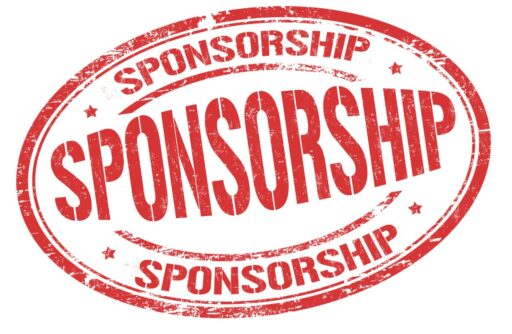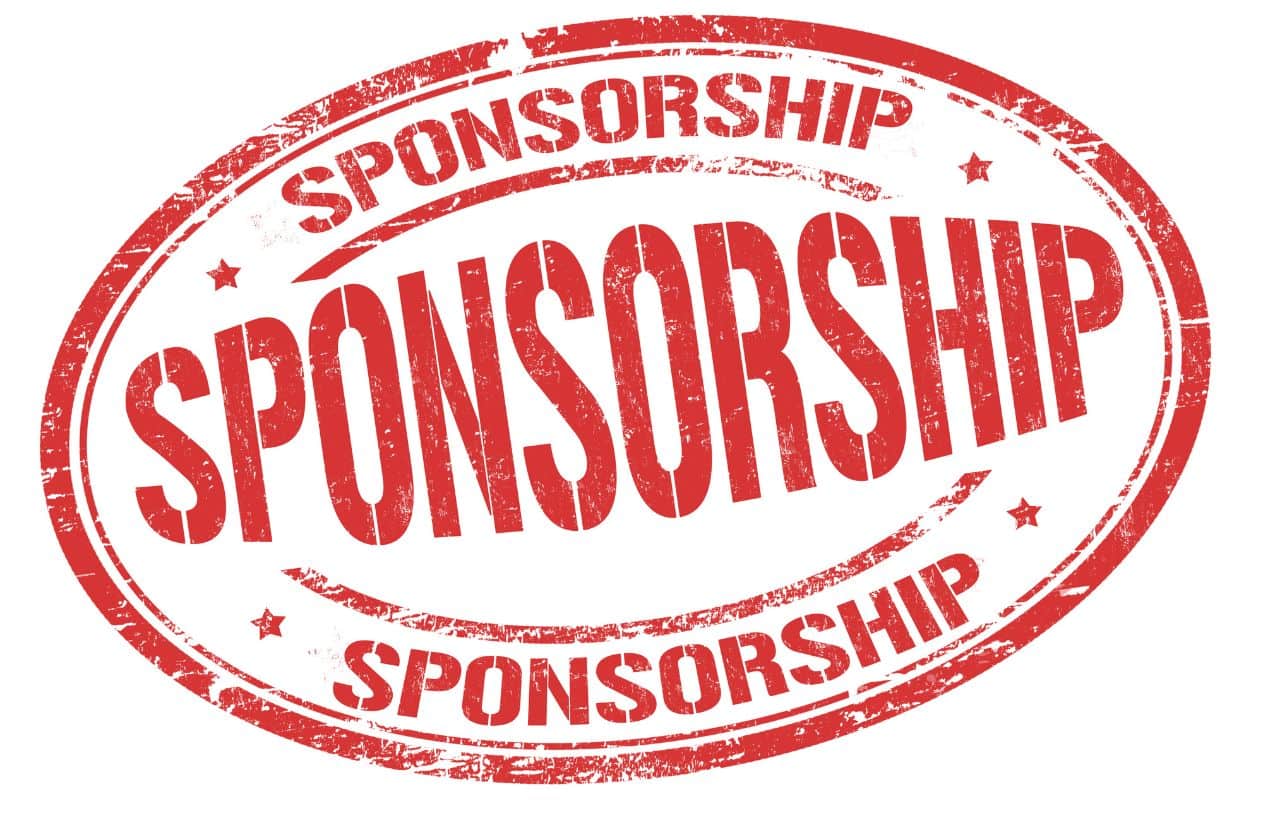Ever wonder if your event sponsors are truly getting their money’s worth? Or how you can prove the incredible value you deliver? It all boils down to one critical element: sponsorship measurement.
It’s not just about saying “thank you” and moving on; it’s about showing tangible results that make sponsors eager to partner with you again and again.
Think about it – without solid data, how can you justify increased investment or attract bigger names? Effective measurement transforms guesswork into strategy. It’s the key to unlocking renewals and proving your event is a powerful platform for brands.
This guide is here to walk you through exactly how to nail your sponsorship measurement, turning those partnerships into undeniable wins for everyone involved.
Understanding the Core of Sponsorship Measurement

So, why exactly should you, as an event organizer, obsess over measuring sponsorship? For starters, it’s your golden ticket to proving ROI – that all-important return on investment.
When you can show potential sponsors concrete data on reach, engagement, and even direct leads generated, you’re not just selling a logo placement; you’re selling a powerful marketing opportunity.
This data is also invaluable for your own planning, helping you understand what worked (and what didn’t) to refine future sponsorship packages and attract even better-aligned partners.
On the flip side, sponsors aren’t just handing over checks out of generosity. They need to demonstrate value internally, justify their marketing spend, and figure out which sponsorships are truly moving the needle for their brand.
Effective measurement provides them with the insights they need to optimize their strategies, ensuring their investment is working as hard as possible.
Ultimately, the relationship between events and sponsors is a beautiful, symbiotic dance. The event provides a platform, an audience, and an experience, while the sponsor brings resources, brand power, and often, enhanced activations that benefit attendees.
Sponsorship measurement is the shared language that allows both parties to understand the health and success of this partnership, fostering trust, enabling growth, and creating win-win scenarios that keep everyone coming back for more.
Key Metrics for Sponsorship Evaluation: A Deep Dive
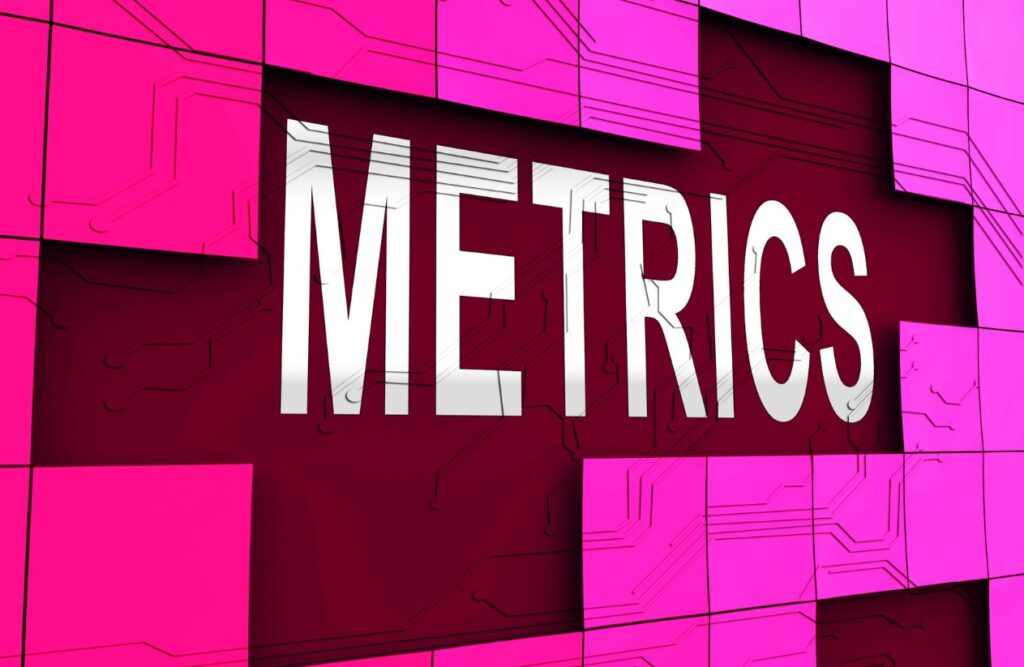
Alright, let’s talk numbers. To truly understand the impact of a sponsorship, you need to look at a variety of metrics that paint a complete picture. Think of these as the vital signs of your sponsorship’s health.
Brand Exposure
First up is Brand Exposure. This is all about how many eyeballs saw the sponsor’s brand. We’re talking Impressions – the total number of times their logo or message was displayed across all platforms, from your website and social media to on-site signage and printed materials.
Then there’s Reach, which is the number of unique individuals who saw the brand. Understanding the difference is key! And don’t forget Media Value, which attempts to put a dollar amount on the equivalent cost if the sponsor had paid for that exposure through traditional advertising or PR mentions.
Engagement
Next, we move to Engagement. This metric tells you how people interacted with the sponsor’s presence. On social media, this means tracking likes, shares, comments, and even diving into sentiment analysis to see how people feel about the sponsor in relation to your event.
On-site interactions are crucial too – think booth visits, participation in sponsored activities, or interactions with brand ambassadors. And if the sponsor provided content, like a whitepaper or a sponsored session, you’ll want to measure content engagement through video views, downloads, or time spent consuming that content.
Return on Investment (ROI)
Then comes the big one: Return on Investment (ROI). This is where you demonstrate the financial impact. The basic formula for calculating ROI is (Net Profit from Sponsorship – Cost of Sponsorship) / Cost of Sponsorship * 100. But tracking this can be complex.
You’ll need attribution models to figure out how the sponsorship contributed to specific sales or leads. A thorough cost-benefit analysis goes beyond just direct revenue to consider other benefits like brand loyalty or market share.
Audience Insights
Finally, don’t underestimate Audience Insights. This data helps sponsors understand who they reached. Demographics (age, gender, location) are standard, but digging into Psychographics (interests, values, lifestyle) provides a much richer understanding.
Behavioral data, such as event attendance patterns or even online activity related to the sponsor, can be incredibly powerful.
To track all of this, you’ll likely need a mix of tools. Social media analytics platforms are a must for engagement. CRM systems can help track leads and sales attributed to the sponsorship. And robust event management software often has built-in reporting capabilities for on-site data and attendee demographics.
Gathering and analyzing these metrics is a core part of any effective sponsorship measurement guide.
Related Content: Ultimate Guide to Boost Your Event Ticket Sales
Strategies for Enhancing Sponsorship Value
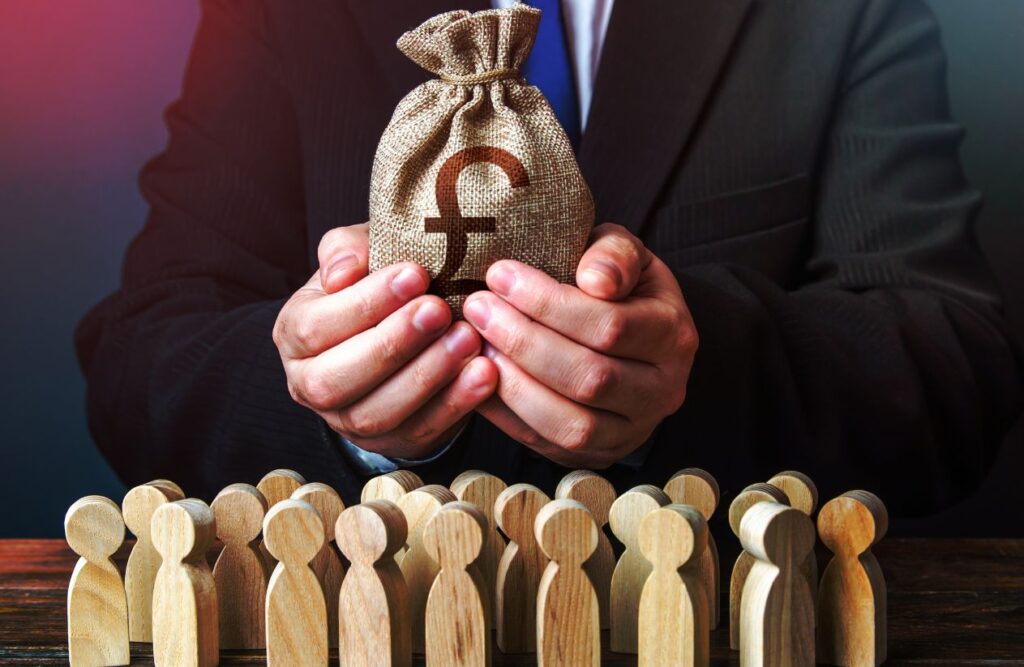
Measuring is essential, but actively enhancing the value you offer sponsors is how you build lasting, fruitful relationships. It’s about moving beyond a transactional mindset and creating true win-win scenarios.
Customization is Key
One size rarely fits all in the sponsorship world. Customization is Key to making sponsors feel truly valued and ensuring their investment aligns perfectly with their goals. Don’t just offer a static menu of options.
Think about tiered packages with varying levels of benefits that cater to different budgets and objectives. Even better, work with sponsors to co-create unique experiences that genuinely resonate with their brand identity and your audience. This could be a branded lounge, an interactive demo area, or a sponsored content series – something that feels authentic and engaging.
Digital and Social Media Amplification
In today’s connected world, your digital footprint is a massive asset for sponsors. Leverage it! Develop robust pre-event promotion strategies that highlight your sponsors across your website, email lists, and social channels.
During the event, provide live event coverage and engagement, tagging sponsors in posts, running polls, and showcasing their on-site activations. And the value shouldn’t end when the doors close; continue the momentum with post-event follow-up and content, sharing photos, videos, and summaries that feature your sponsors and their impact.
Data-Driven Reporting
Remember all those key metrics we talked about? They culminate in powerful reporting. Moving beyond a simple spreadsheet, focus on creating comprehensive reports with clear visuals. Infographics, charts, and graphs make the data easy to digest and understand.
Delivering reports in a timely manner after the event is crucial – sponsors are eager to see their results while the event is still fresh. Most importantly, use these reports to tell a story of the sponsorship’s impact.
Connect the numbers back to the sponsor’s initial goals and show how their partnership helped achieve them.
Clear Communication and Expectation Setting
Underpinning all of these strategies is the absolute necessity of clear communication and expectation setting with sponsors from the beginning.
Before a contract is even signed, have detailed conversations about their objectives, what success looks like to them, and how you plan to measure it.
Throughout the partnership, maintain open lines of communication, providing updates and addressing any questions or concerns promptly. This transparency builds trust and ensures everyone is on the same page, leading to a much smoother and more successful sponsorship experience.
Measuring Sponsorship Effectiveness for Different Event Sizes

It’s true that the approach to sponsorship measurement isn’t one-size-fits-all. What works for a massive international conference might be overkill (or simply impossible) for a small community festival.
Tailoring your measurement strategies to the scale of your event is key to being both effective and efficient.
Small Events
For Small events, like local festivals or community gatherings, you might not have access to sophisticated analytics platforms. Here, the focus often shifts to qualitative data. This means gathering direct feedback from attendees and sponsors through surveys and conversations.
What was their experience like? Did they feel the sponsorship was visible and impactful? You can also look at the community impact – did the sponsorship help achieve specific local goals or enhance the attendee experience in tangible ways that are easy to observe and report on?
Medium-Sized Events
Moving up to Medium-sized events, such as regional conferences or concerts, you can start to combine qualitative and quantitative data. While direct feedback remains valuable, you can begin to utilize more cost-effective tools for tracking.
This might include basic social media analytics, website traffic data, or simple on-site surveys using digital forms. You’re looking for trends and patterns that can be supported by anecdotal evidence.
Large-Scale Events
Finally, for Large-scale events – think major festivals or international conferences – you’ll want to emphasize robust data collection systems and advanced analytics. This is where investing in comprehensive event management software, sophisticated social listening tools, and potentially even dedicated data analysts pays off.
The goal is to capture a wide range of data points, from detailed attendee demographics and behavior to complex ROI calculations, to provide sponsors with a deep and compelling understanding of their impact. Regardless of size, the core principle remains: understand what success looks like for your sponsors and find the most effective way to measure and report on it within your event’s capabilities.
Also read our article about “Crafting Irresistible Event Sponsorship Packages: A Comprehensive Guide“
The Future of Sponsorship Measurement: Trends and Innovations
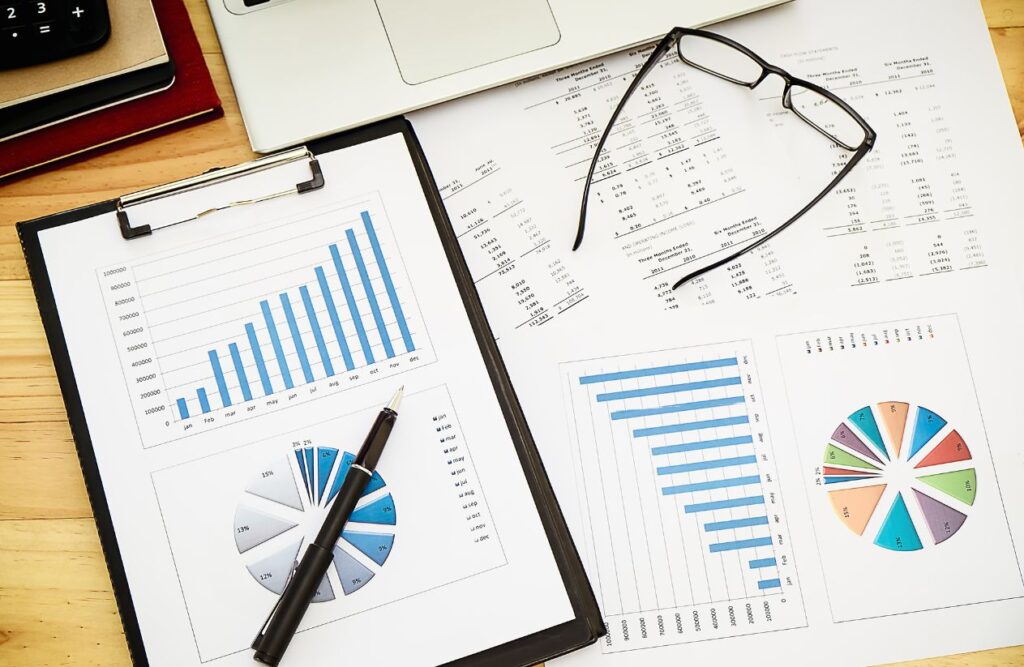
The world of events and marketing is constantly evolving, and sponsorship measurement is no exception! Staying ahead of the curve means keeping an eye on emerging trends and innovations that are changing how we track and evaluate sponsor impact.
Experiential Marketing
One major trend is the rise of Experiential Marketing. This is all about creating immersive, interactive brand activations that go beyond just a logo on a banner.
Measuring the impact of these experiences requires looking beyond traditional metrics. How many people participated? What was the quality of those interactions?
Did it generate social media buzz or user-generated content? Tools that track foot traffic, dwell time, and social sentiment around specific activations are becoming increasingly important.
Technology Integration
Technology is a huge driver of change. We’re seeing greater Technology Integration, with tools like AI and machine learning starting to play a role.
AI can help analyze vast amounts of social media data for sentiment and trends, while machine learning can assist with more sophisticated attribution modeling.
While still early days for widespread adoption, even concepts like blockchain are being explored for secure and transparent data sharing in sponsorship.
Sustainability and Social Impact
Sponsors and attendees alike are increasingly prioritizing Sustainability and Social Impact. This means that evaluating sponsorships based on their contribution to environmental and social goals is becoming a key metric.
Did the sponsorship enable a waste reduction program? Did it support a local charity or initiative? Measuring this impact requires defining clear, shared goals with sponsors around these areas and tracking tangible outcomes.
Diversity and Inclusion
Finally, there’s a growing focus on Diversity and Inclusion. Sponsors want to ensure their partnerships help them reach and resonate with diverse audiences. Measurement here involves analyzing attendee demographics, tracking engagement from specific community groups, and evaluating whether sponsored content or activations were inclusive and accessible.
It’s about understanding not just how many people were reached, but who was reached and how the sponsorship impacted different segments of your audience.
These trends highlight a shift towards more nuanced, data-rich, and values-driven sponsorship measurement. Embracing these innovations will be key to maximizing event success in the years to come.
Case Studies: Real-World Success Stories

Sometimes, the best way to understand effective sponsorship measurement is to see it in action. These case studies offer a glimpse into how different events and sponsors have leveraged smart strategies and data to achieve impressive results.
They serve as a practical complement to this sponsorship measurement guide.
Case Study 1: Tech Conference & Software Company
A large annual tech conference partnered with a B2B software company looking to generate leads and increase brand awareness among a specific audience of IT professionals.
Strategies & Tools Used: The conference offered a sponsored speaking slot, a premium exhibition booth, and sponsored content (a downloadable whitepaper). They used their event app to track booth scans and session attendance.
A unique landing page and tracking link were created for the whitepaper download. Social media analytics tracked mentions and engagement related to the sponsor and their session. Post-event surveys included questions about sponsor recall and intent to learn more.
Quantified Outcomes: The sponsorship resulted in 350 qualified leads captured via booth scans and whitepaper downloads. Social media analysis showed a 40% increase in brand mentions for the software company during the event week, with a positive sentiment score of 85%.
The post-event survey indicated that 60% of attendees recalled the sponsor’s brand, and 25% expressed interest in learning more about their software. This translated to an estimated 150% ROI based on the leads generated and the cost of the sponsorship package.
Case Study 2: Music Festival & Beverage Brand
A popular music festival collaborated with a beverage brand aiming to increase brand visibility and drive product sampling among a younger demographic.
Strategies & Tools Used: The brand sponsored a main stage, had prominent branding throughout the festival grounds, and set up an interactive “chill zone” with product samples and photo opportunities.
They used foot traffic counters at the chill zone and tracked social media engagement using a dedicated event hashtag. Point-of-sale data from on-site vendors selling the beverage was also analyzed.
Quantified Outcomes: The sponsored stage saw an estimated 50,000 attendees throughout the festival. The chill zone recorded 10,000 unique visitors and distributed 20,000 samples.
Social media tracking showed the event hashtag used in conjunction with the brand’s handle over 5,000 times, reaching an estimated 5 million impressions. On-site sales of the beverage increased by 300% compared to previous festivals without the sponsorship.
Case Study 3: Community Fun Run & Local Bank
A local community fun run partnered with a regional bank looking to enhance its community image and engage with local families.
Strategies & Tools Used: The bank sponsored the finish line and provided volunteers. They had a small booth offering financial literacy tips and kids’ activities.
Measurement focused on qualitative feedback from participants and volunteers, media mentions in local news outlets, and tracking new account sign-ups that mentioned the fun run.
Quantified Outcomes: Feedback from participants was overwhelmingly positive, praising the bank’s involvement and helpful volunteers. The event received coverage in three local news articles that mentioned the bank’s sponsorship.
The bank reported 50 new checking accounts opened in the month following the event, with customers citing the fun run as their reason for choosing the bank.
While harder to put a precise ROI on, the enhanced community goodwill and new customer acquisition demonstrated clear value.
These examples highlight that effective measurement is achievable across different event types and scales, and the key is aligning measurement strategies with the specific goals of each sponsorship.
Actionable Takeaways and Recommendations
So, what’s the bottom line for mastering sponsorship measurement? It starts with setting clear, measurable goals before the event even begins. Choose the key metrics that align with those goals, whether it’s brand exposure, engagement, or ROI.
Implement the right tools and strategies to collect your data, tailoring your approach to the size and nature of your event.
Crucially, present your findings in clear, visually appealing reports that tell a compelling story of the sponsorship’s success. Think of it as your sponsorship measurement checklist!
Sponsorship Measurement– Frequently Asked Questions
As a veteran in the field of concert and festival promotion, I’ve encountered countless questions regarding the intricacies of sponsorship.
Over the years, the dynamics of securing and optimizing sponsorships have evolved, leading to a nuanced understanding of what truly drives success in this domain.
This FAQ section delves into some of the less obvious yet crucial aspects of sponsorship that can dramatically enhance the impact of your event.
What metrics are most important to sponsors?
Don’t just focus on attendance! Engagement levels, social media reach, and the quality of interaction between attendees and the event are just as valuable. Sponsors crave deeper analytics into audience behavior to gauge how well their investment is doing.
Should I create one-size-fits-all sponsorship packages?
Customization is key! Sponsors want their brand’s values and goals to align with the experience. This may mean unique events within your event catered to their target audience or exclusive digital content for them to share. Understanding each sponsor allows you to tailor packages that are both attractive and effective.
How can technology enhance sponsor engagement?
Tech is a game-changer! AR, VR, and interactive apps create immersive brand experiences for attendees. Social media integration boosts real-time interaction and sharing, increasing reach for both the event and the sponsor. Embracing these tools makes your event even more attractive to sponsors.
